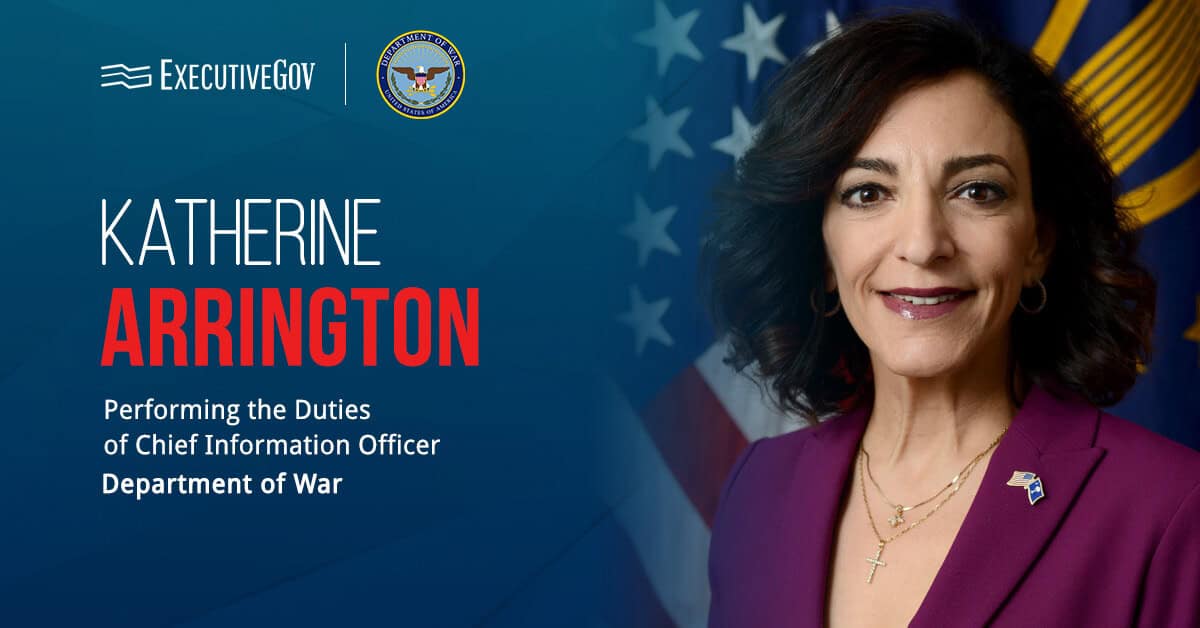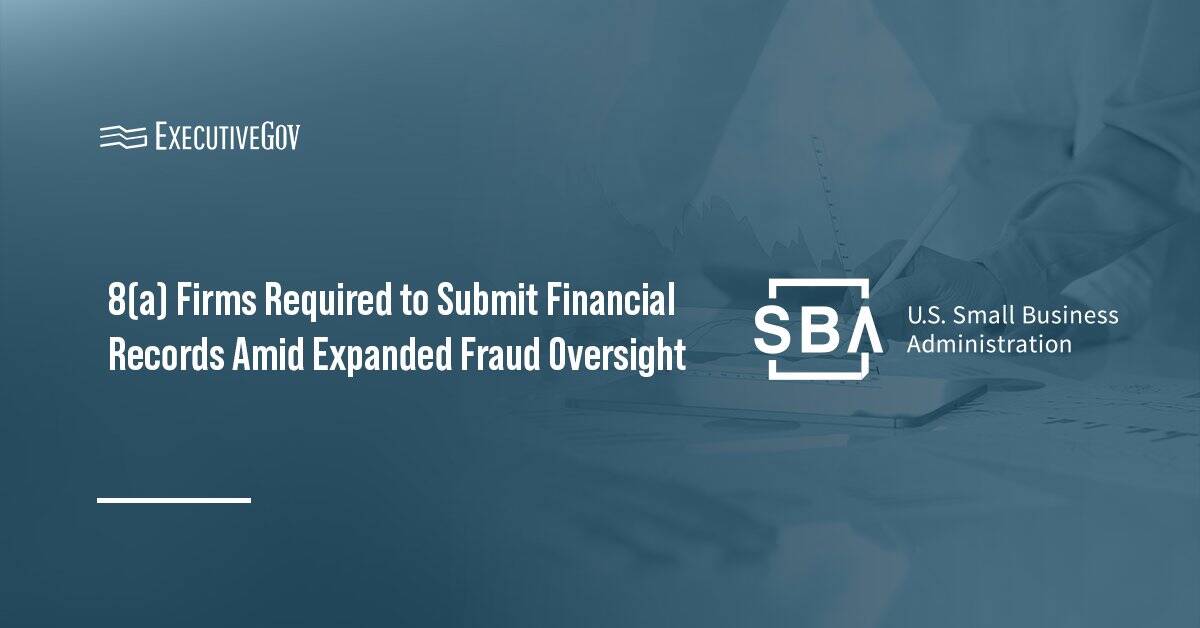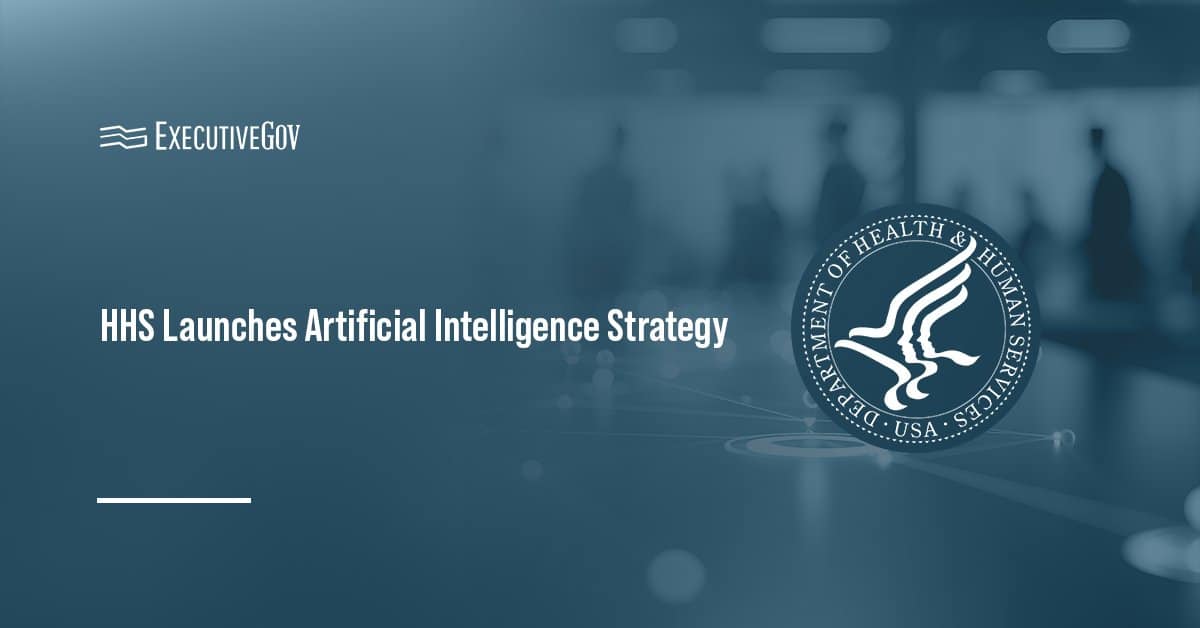The Federal Communications Commission has issued a notice of proposed rulemaking, or NPRM, aimed at overhauling and modernizing the space and Earth station licensing framework.
The Space Modernization for the 21st Century NPRM, which updates the agency’s Part 25 satellite rules to a new Part 100, is central to its “Final Frontiers” agenda, according to a Federal Register post published Friday.
Table of Contents
What Is the FCC’s Space Modernization for the 21st Century NPRM?
The initiative seeks to ensure emerging space industries, exploration capabilities and advanced defense systems are developed domestically rather than overseas. Central to the proposal is the creation of a “licensing assembly line,” enabling applications to be routed and segmented for targeted review. This streamlined approach is expected to enhance efficiency, predictability and flexibility, while accelerating the FCC’s licensing processes and enhancing overall quality.
How Will FCC Modernize Its Licensing Process?
The FCC intends to update its Part 25 licensing rules to keep pace with the rapid expansion and complexity of the space industry. The proposed changes include establishing a review process that facilitates “permissionless innovation,” overhauling application materials to streamline processing and expanding the flexibility for applicants and licensees in designing and operating their systems.
The FCC will accept public comments on the proposed rule changes until Jan. 20.















